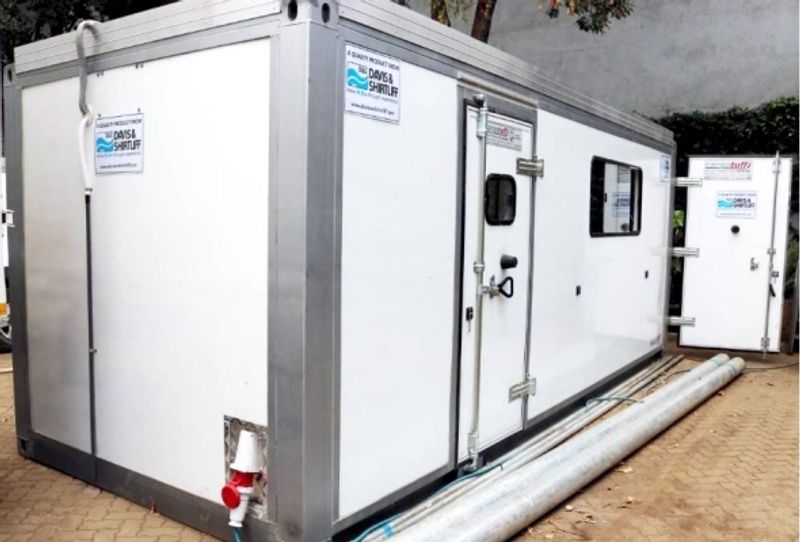

Ultrafiltration unit
Water will be one of the major environmental issues of the 21st century. It’s a natural resource that’s already in short supply across many parts of the world and will become even scarcer as our population grows and our climate changes.
As the demand for water grows and with increasingly stringent drinking water regulations, water utilities and service providers are under pressure to up their game.
Water found in nature generally contains a variety of contaminants such as minerals, salts, heavy metals, organic chemicals, radioactive residues, and living materials such as parasites, fungi, and bacteria. These materials enter water through natural processes, such as contact with rocks, soil, decaying plant and other materials. Industrial and agricultural sources introduce chemical and pesticide residues into water, however the primary contributors to microbiological contamination of water remains as human and animal wastes.
A major challenge is to produce pure water free of these contaminants that is suitable for drinking and other applications. Conventional water treatment systems require extensive areas for dams and settlement tanks and have high operating costs due to the large amounts of chemicals used.
Ultrafiltration technology presents a very effective solution to many of our regional water treatment issues.
Ultrafiltration uses a membrane containing tiny holes to filter down to a diameter of 0.3 µm, which is much smaller than that used by sand filtration technology, and enables the removal of suspended matter, bacteria and most viruses.
The main advantage of this technology is that, unlike sand filtration, bacteria and viruses are removed. Ultrafiltration can provide water virtually free of pathogens and turbidity without the need for disinfecting chemicals such as chlorine.
Ultrafiltration systems have a smaller footprint than conventional technologies and no large civil construction is needed. There is lower chemical usage with ultrafiltration, for example, coagulant and pH adjustment, and maintenance is easier as ultrafiltration operation can be automated.
Davis & Shirtliff has partnered with DOW Water Technologies and other international partners to develop a unique range of Ultrafiltration systems that are designed to treat surface water supplies producing high quality water suitable for a wide range of portable applications.

Davis Filter
For domestic applications the Lineguard is an easy to install point of entry ultrafiltration system used to filter all water entering into a household. With filtration rates of up to 1000 litres per hour, the Lineguard ensures that all domestic water is free from physical and bacteriological contaminants.
For relief and military applications the AquaSentry is a simple standalone and lightweight water filtration system. The AquaSentry does not require power and works at low pressures. All operations are simple and manual and the system can be installed to operate as a single standalone unit or multiple units can be installed in parallel for higher volume requirements.
For commercial and utility scale projects the Packaged DUF Ultrafiltration Plants built using high efficiency DOW membranes are the ideal solution. Plant operation is fully automated with remote monitoring capability built in.
Containerized or mobile versions are also available that also find application in relief and military applications.
The plants have already become quite popular in the regional market with customers ranging from Domestic, Commercial, and Industrial, Relief as well as the Military operating D&S ultrafiltration plants in harsh environments with great success.
Though Ultrafiltration is an emerging technology in the region, there has been significant growth over the past few years and with the launch of these products by Davis & Shirtliff the water treatment sector in East Africa now has direct access to a cost-effective and viable water treatment technology.

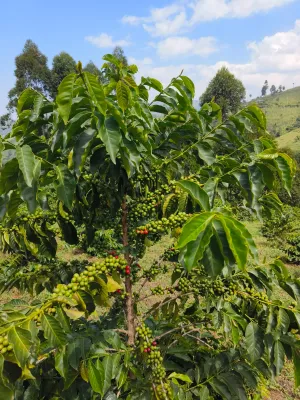

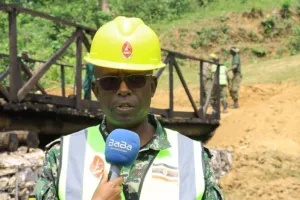




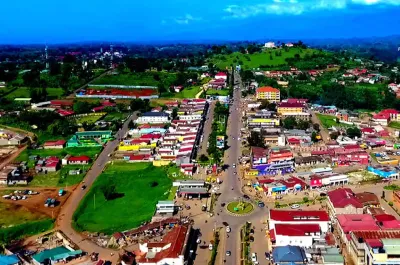
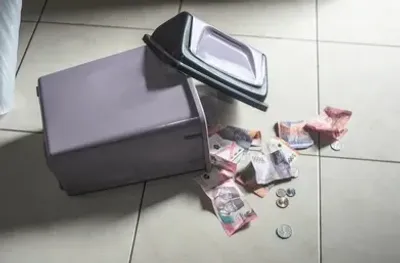




Sunrise Reporter
Leave a Comment
Your email address will not be published.